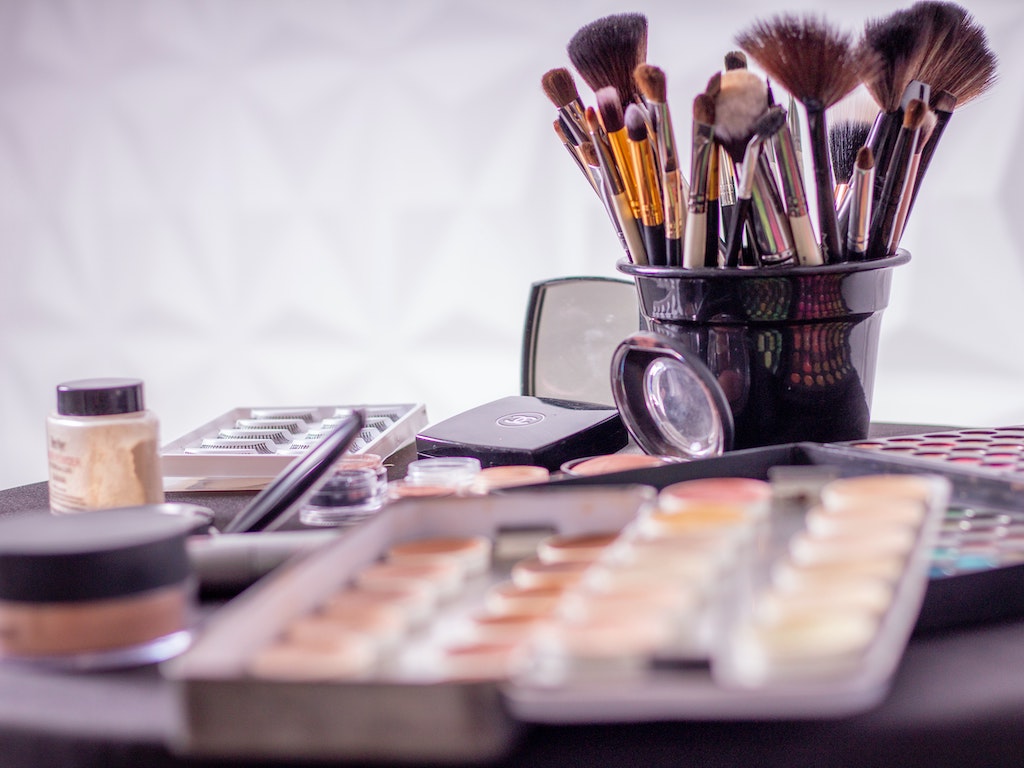3 Mins Read
Toxic “forever chemicals” known as PFAS have been detected in around half of all U.S. cosmetic products in a new Notre Dame University study. The research, which included samples from some of the top brands in the market including L’Oréal, Mac and Nars, indicated the widespread use of PFAS in cosmetics, which is “particularly concerning” given the high individual risk it poses to consumers applying these products directly onto their skin.
Testing more than 200 cosmetic samples from major makeup brands in the U.S., scientists at the University of Notre Dame found that 56% of foundations and eye products, 48% of lip products, and 47% of mascaras contain high levels of fluorine, an indicator of PFAS use. Published in the journal Environmental Science and Technology Letters, the new study spotlights the widespread use of PFAS in cosmetics that consumers are exposed to, particularly in a category of products that are used on their skin.
PFAS are known as “forever chemicals” as they are known to accumulate in bodies and the environment with serious health consequences. They have previously been found in fast food packaging, food wrappers, non-stick cookware, and treated fabrics in clothing, as well as personal protective equipment used by firefighters.
Impacts of PFAS exposure range from greater risk of various cancers to hypertension, thyroid disease, low birth weight and immunotoxicity in children. Research also supports the association between PFAS accumulation and kidney disease, liver damage, and developmental issues, as well as a connection to declining sperm counts, which renowned epidemiologist Dr. Shanna Swan has warned is causing a fertility crisis.
PFAS exposure from cosmetics reaches ‘millions of consumers daily’
Commenting on the latest findings, Professor Graham Peaslee of Notre Dame and principal investigator of the study said: “These results are particularly concerning when you consider the risk of exposure to the consumer combined with the size and scale of a multibillion-dollar industry that provides these products to millions of consumers daily.”
“There’s the individual risk — these are products that are applied around the eyes and mouth with the potential for absorption through the skin or at the tear duct, as well as possible inhalation or ingestion,” Peaslee continued. “There’s also the additional risk of environmental contamination associated with the manufacture and disposal of these products, which could affect many more people.”
Some brands included in the study’s sample included L’Oréal, Ulta, Mac, Cover Girl, Clinique, Maybelline, Smashbox, Nars, Estée Lauder, all purchased at retail locations in the U.S. and through e-commerce sites in Canada.
Products that tended to contain the highest levels of PFAS were those marketed as “long-lasting” or “wear-resistant”, a finding that Peaslee described as “not entirely surprising” given that the class of forever chemicals have been known for their water-resistant and film-forming qualities.
Calls grow for stricter regulations
Of all the samples that tested positive for high PFAS concentrations or had specific PFAS detected in them, only one of them listed PFAS as an ingredient on the product label.
“This is a red flag. Our measurements indicate widespread use of PFAS in these products…[but] the full extent of use of fluorinated chemicals in cosmetics is hard to estimate due to lack of strict labelling requirements,” said Peaslee.
The latest Notre Dame research comes shortly after an alarming study detected PFAS in every single sample of breast milk from U.S. mothers, at nearly 2,000 times the level considered safe in drinking water. The study specifically found contamination from both currently-used and phased-out PFAS, indicating the long-lasting accumulative effects of exposure to the chemicals.
As the bed of research of the dangers and pervasive use of PFAS continues to grow, women’s health groups and medical professionals have been calling for a global phase out of the class of “forever chemicals” and stricter regulations over PFAS manufacturing and labelling of products containing PFAS.
Lead image courtesy of Pexels.




